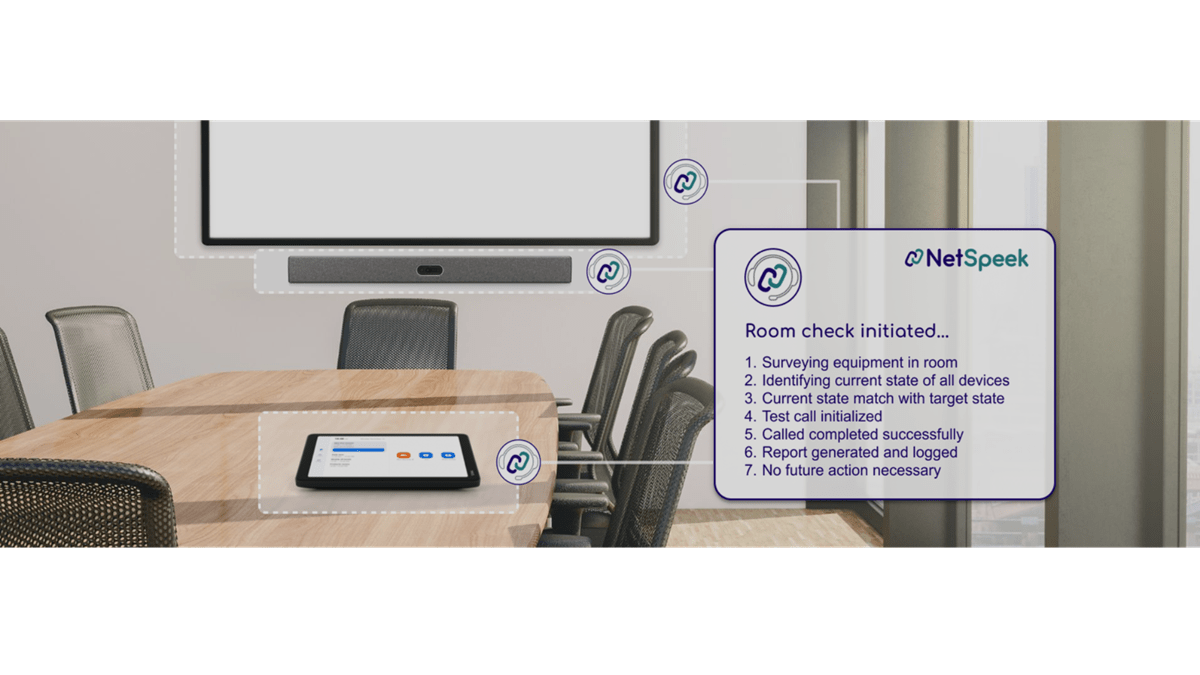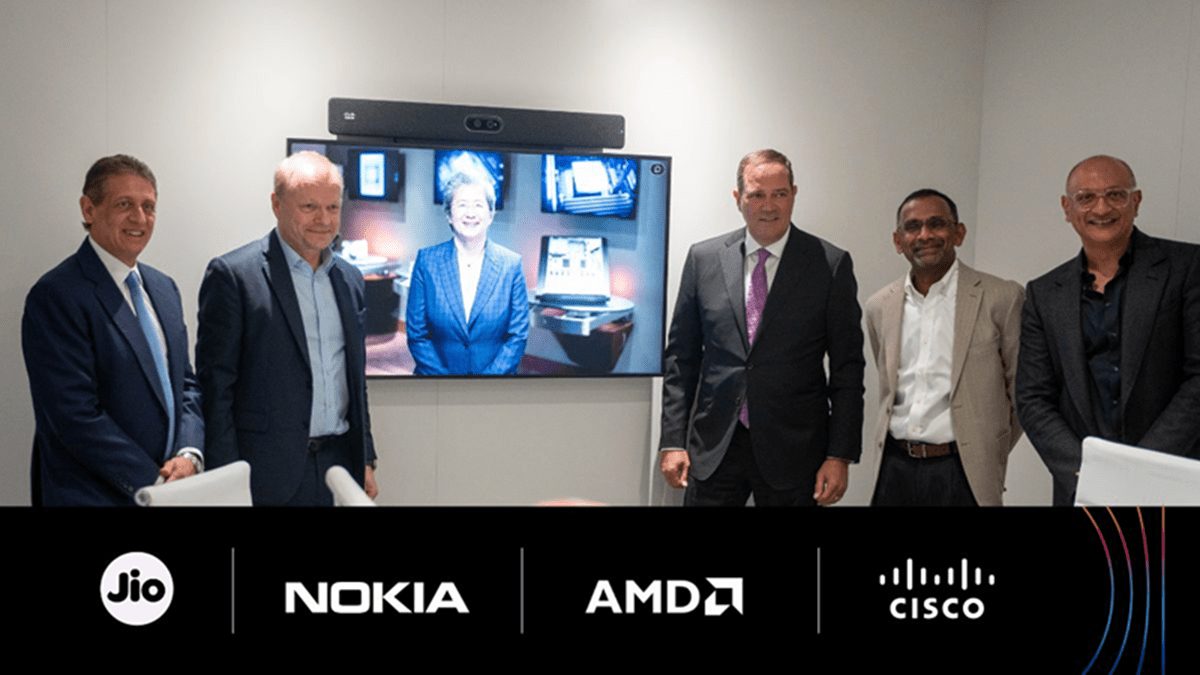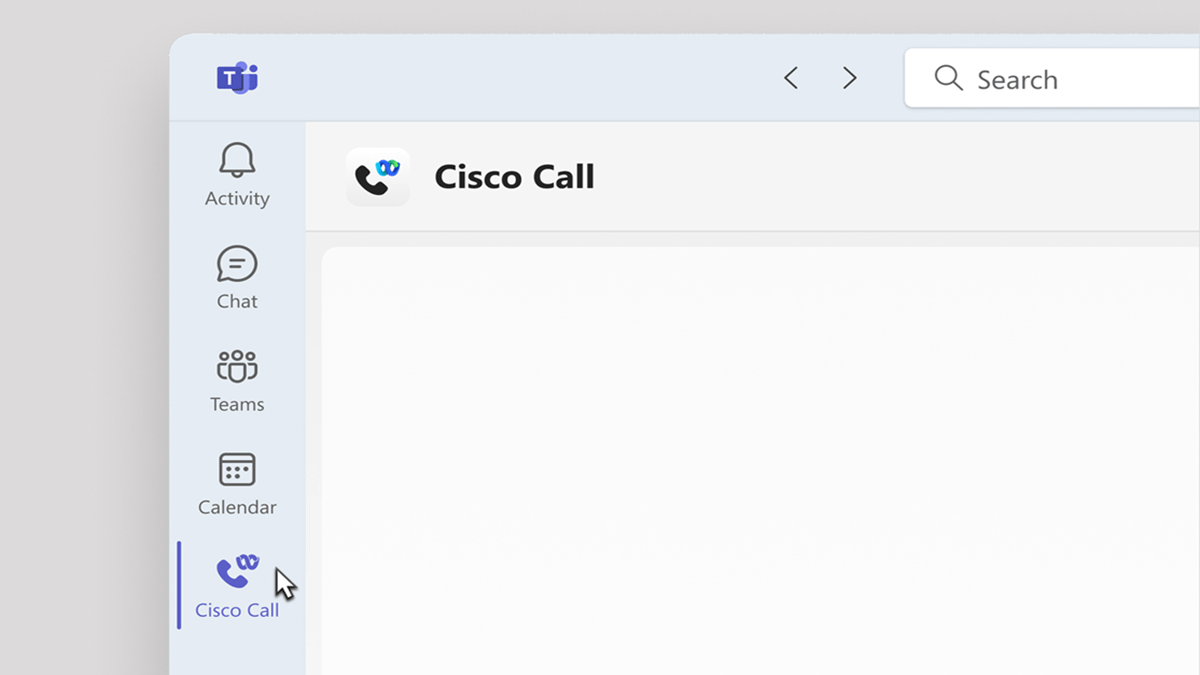Verizon Partners with Skylo to Introduce Direct-to-Device Messaging
 Mary Medina
·
2 minute read
Mary Medina
·
2 minute read
The Brief: Verizon has joined forces with satellite service provider Skylo to launch a commercial direct-to-device messaging service, enabling Verizon customers to stay connected even in areas lacking terrestrial cellular networks. Beginning this fall, select smartphone users will gain access to emergency messaging and location sharing capabilities. Additionally, next year, the service will expand to allow texting via satellite for eligible devices. This collaboration marks a noteworthy step in the use of satellite communications for consumers, offering new connectivity options for those in remote or rugged locations.
Explore full details of the announcement about Verizon's partnership with Skylo at verizon.com.
Verizon Partners with Skylo to Introduce Direct-to-Device Messaging
Analyst Perspective: The partnership between Verizon and Skylo introduces direct-to-device messaging, which enhances customer connectivity and ensures that users can communicate during emergencies, even when terrestrial networks are unavailable. This development could reshape the landscape of mobile communications by addressing the needs of customers in hard-to-reach locations.
Moreover, this initiative is expected to drive innovation in the Internet of Things (IoT) sector, allowing devices to maintain functionality across various environments. Industries that rely on consistent connectivity will benefit from this new offering, enhancing operational efficiency and reliability.
The Benefit of Enhanced Connectivity for Verizon Customers
The collaboration aims to provide Verizon customers with reliable messaging capabilities, particularly in areas where traditional cellular networks are not feasible. The direct-to-device messaging service will offer users essential features like emergency messaging and location sharing by leveraging Skylo's satellite technology. This service is particularly advantageous for individuals in rural or rugged landscapes, where network coverage is often limited.
With this partnership, Verizon becomes the first mobile carrier to commercially offer direct-to-device messaging via a satellite network, highlighting its commitment to innovation in telecommunications. Customers can expect to stay connected, regardless of their geographical location, which is crucial for maintaining communication in emergency situations.
Driving Innovation in Satellite IoT Solutions
Verizon's long standing reputation for innovation in IoT (Narrow Band IoT) is further solidified through this partnership with Skylo. The two companies have been conducting research and development to enhance satellite IoT technology, successfully demonstrating that Verizon-enabled IoT devices can roam onto satellite networks. This capability ensures seamless connectivity even in remote areas where terrestrial networks fall short.
The implications for industries that rely on IoT are vast. For instance, businesses in agriculture can utilize satellite IoT to monitor environmental conditions, while maritime operations can track assets in real-time, enhancing overall efficiency and productivity. This partnership fosters a new wave of technological advancements, paving the way for improved service offerings across various sectors.
Implications for Remote and Rugged Areas
This direct-to-device messaging service addresses a critical gap in communication for users in isolated regions. The ability to send and receive messages via satellite ensures that individuals and enterprises can maintain vital communication links, benefiting sectors such as agriculture, transportation, and emergency response.
In addition, the technology can support critical applications where connectivity is paramount, such as monitoring weather conditions or tracking assets. This advancement enhances user experience and contributes to improved safety measures, as individuals can stay connected with family and emergency services, even in the most remote locations.
Bridging the Connectivity Gap
The partnership between Verizon and Skylo promises great benefits for users, particularly in remote areas where traditional cellular networks are lacking. As the service expands to allow direct-to-device messaging, users in remote locations will likely benefit from enhanced connectivity and reliable communication during emergencies. However, challenges may arise regarding the scalability of this technology and its integration with existing systems. Ensuring user adoption and addressing potential infrastructure hurdles will be critical for maximizing the service's impact. Moreover, as the demand for satellite IoT solutions grows, competition in this emerging market may spur further innovations. Ultimately, this collaboration could pave the way for a more connected world, where geographic barriers no longer hinder effective communication.

 Source: Verizon
Source: Verizon

